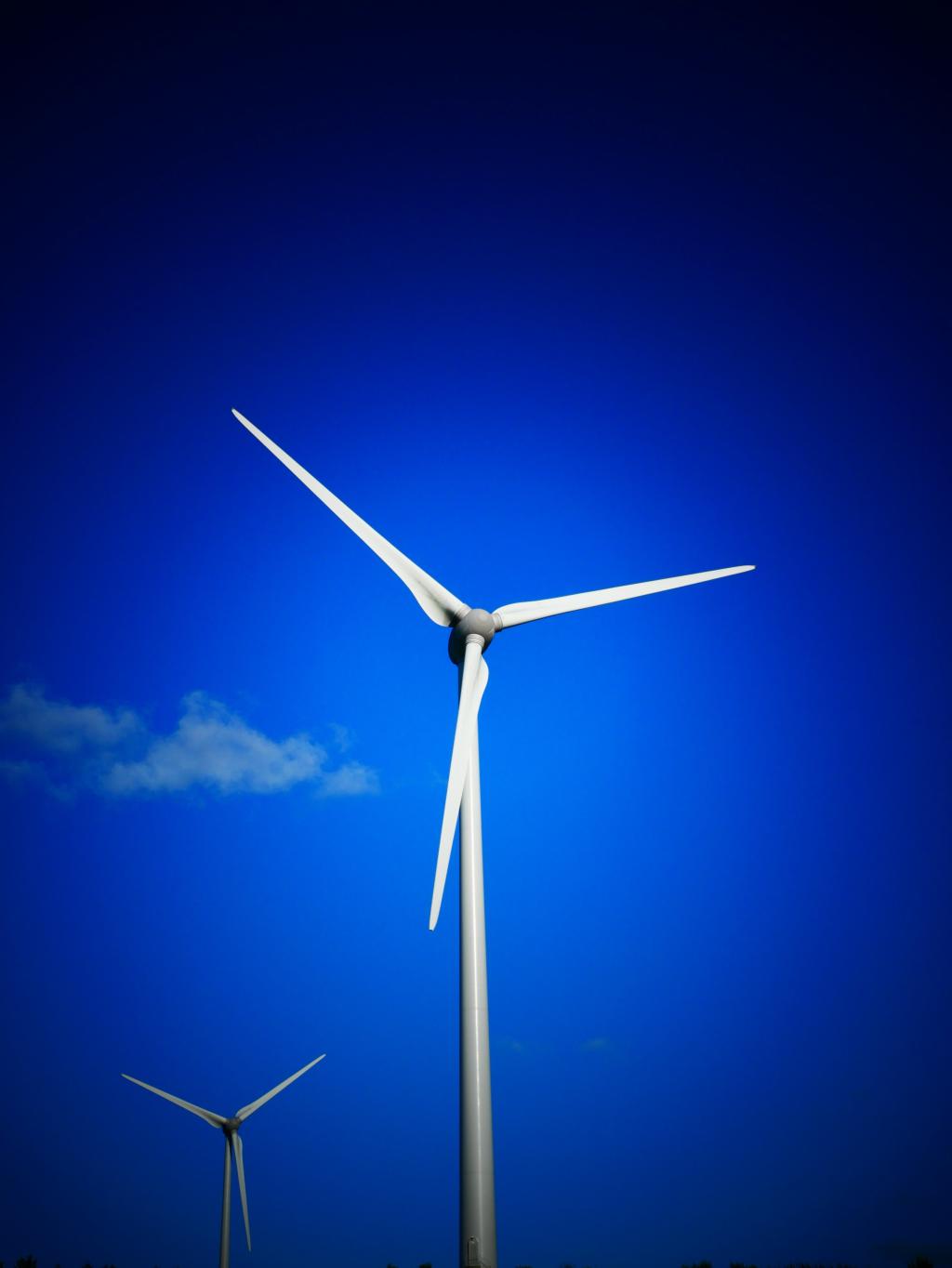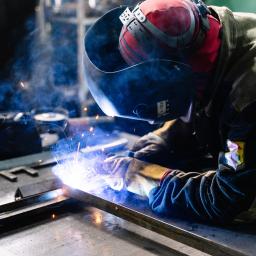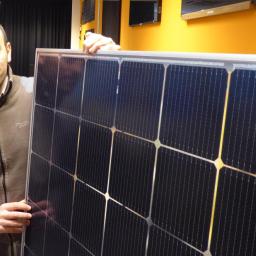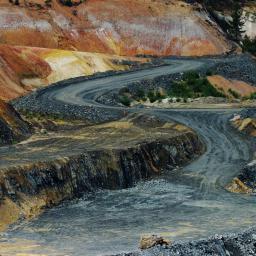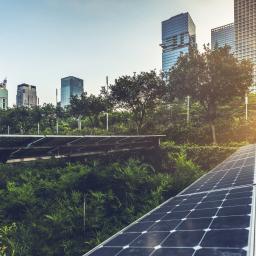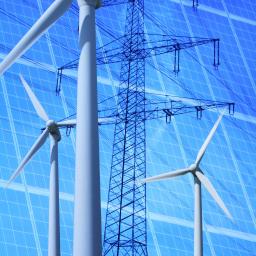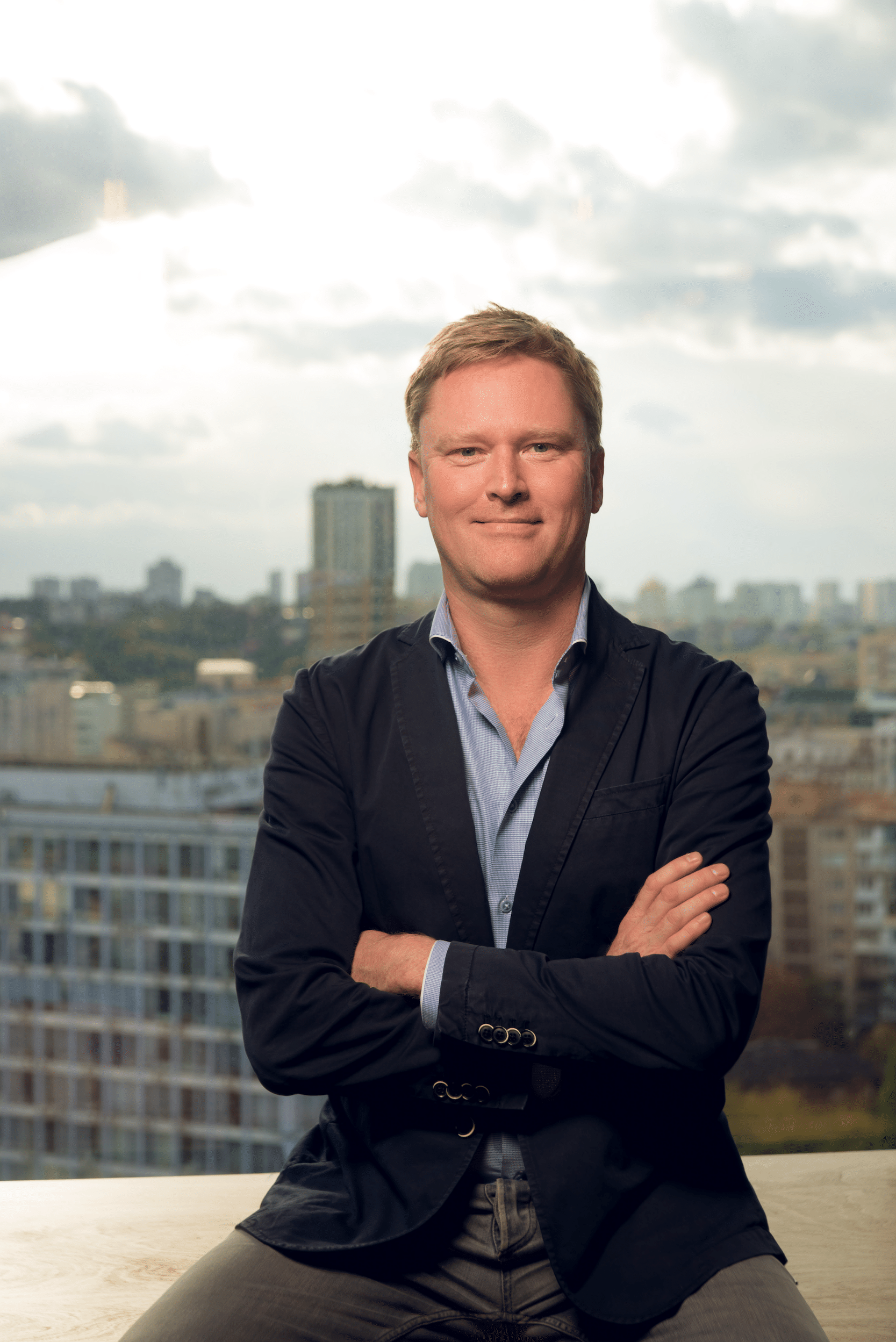 Without access to raw materials, it is impossible to build the wind turbines and solar panels that are at the heart of the energy transition.
Without access to raw materials, it is impossible to build the wind turbines and solar panels that are at the heart of the energy transition.
Continuous innovation is needed to make these sources of energy cheaper to produce, increasingly efficient, more sustainable themselves, and to smoothly integrate them into our energy grid.
And then there is the financial aspect, which plays an important role in the energy transition as well.
It is a specialty of dr Ronald Huisman, associate professor at the Erasmus School of Economics in Rotterdam. Huisman is specialised in how energy markets function.
“If the European Union wants to reach its emission reduction targets,” he says, “it needs to come up with new financial mechanisms to ensure that money will flow to sustainable developers and companies.”
From an economic perspective, the most interesting aspect of the energy transition is that one no longer has to pay for fuel and emissions costs. “That is the real revolution,” Huisman says. “Massive investments are needed to get to that point and, at the moment, money doesn´t always flow in the right direction.”
More than profitability
In his research, Huisman analyses the mechanisms of price setting as well as the projected returns on investment. He is convinced that a sustainable energy system could become competitive more quickly by reorganising how it is financed.
“Don’t forget that, back in 2007 and 2008, the oil prices dropped from 140 to 40 dollars a barrel in only six months’ time,” he says. “In April 2020, we even had negative oil prices. All in all, the returns on investment on fossil fuels simply aren´t that high anymore.”
As a result, there is an ongoing trend among some of the big investment funds, such as BlackRock, to shift towards impact investments - not only focussing on financial returns, but also on generating a positive and measurable social and environmental impact. Huisman: “But there is always the pressure to guarantee certain returns to institutional investors who are, after all, responsible for the pensions of millions of people.”
Reassessing energy markets
To a certain extent, it is the duty of governments to accelerate this transition. Not only by subsidizing renewable industries, but also by seriously reassessing how energy markets should function.'
Huisman is convinced that, in the long run, sustainable energy production will gain the competitive edge over the continued consumption of oil, coal and gas.
“To a certain extent, it is the duty of governments to accelerate this transition,” he says. "Not only by subsidizing renewable industries, but also by seriously reassessing how energy markets should function.”
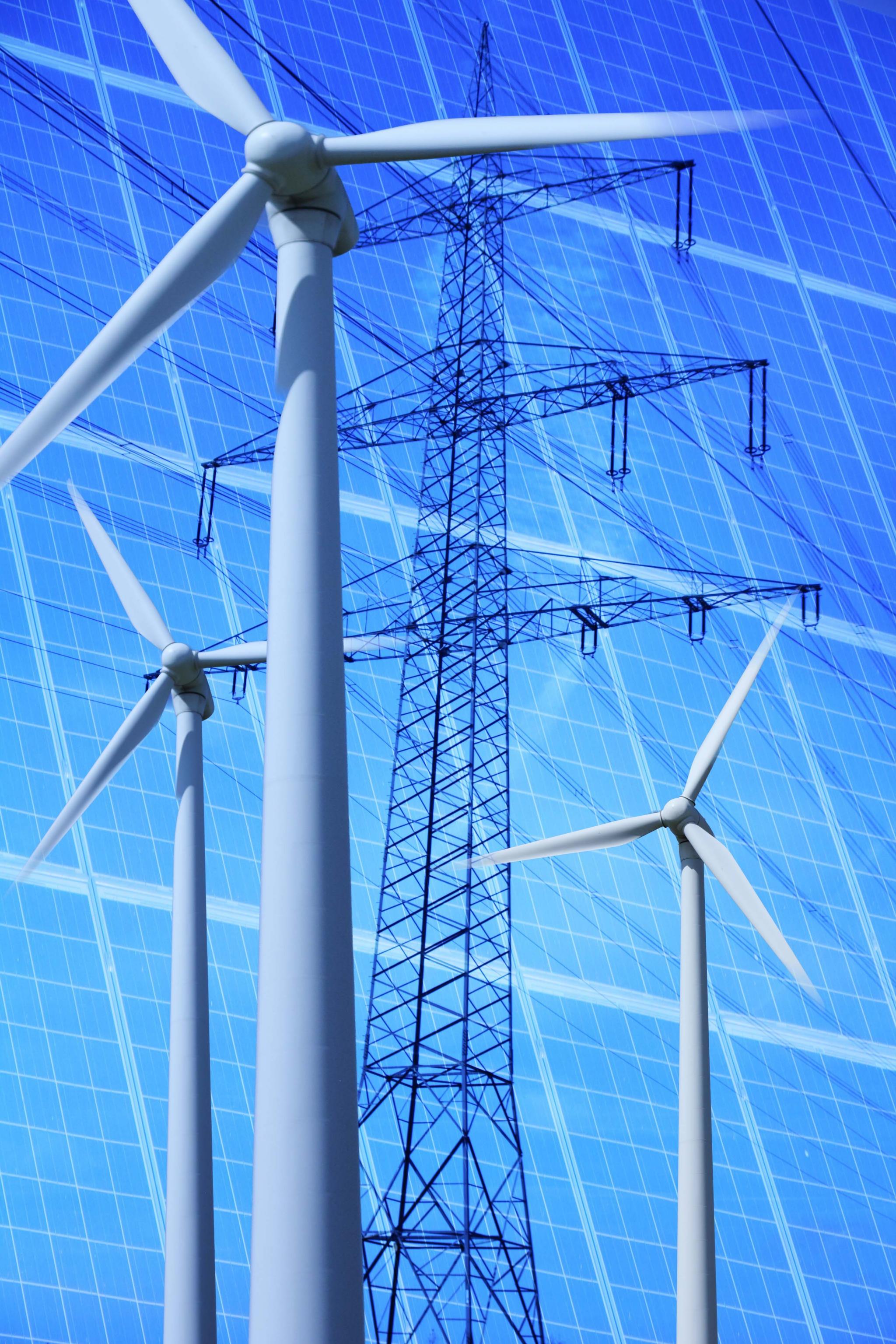 Currently, projected energy consumption figures are the main input for assessing profitability in energy markets and, thereby, for guaranteeing investors a sizable return on investment.
Currently, projected energy consumption figures are the main input for assessing profitability in energy markets and, thereby, for guaranteeing investors a sizable return on investment.
“Sustainable producers do not have that luxury since energy generated by the sun or wind is free,” Huisman says. “But they could, for example, develop flat fee agreements and use these to convince the banks that they will make a profit.”
Surplus energy
His interest into how to properly allocate energy investments goes even deeper. “We should also take a critical look at how these investments are distributed amongst the various technologies that are needed to achieve the energy transition,” Huisman says.
“Currently, the focus is on developing solar and wind capacities, incentivising people to buy solar panels and pay them back per unit energy they produce. We seem to forget that we also need to invest in short- and long-term storage capacities such as batteries and hydrogen. If we continue this course, we’ll end up having overcapacity on sunny days when demand will be down, and no way to store the surplus.”
Microfinancing
According to Huisman, such reallocation of investments would require a major change of heart in the financial sector. “Currently, start-ups have great difficulty securing loans,” he says. “Take a new battery, for example. The investment needed for its development is typically too small for a large bank to really be interested.”
To realise the energy transition, we need updated business models just as much as we need raw materials and technical innovation.'
He would therefore love for the financial sector to develop microfinancing facilities for smaller energy initiatives, allowing capital to be mobilised for increased solar energy production as well as for electrolysers that produce green hydrogen from renewable energy. “To realise the energy transition, we need updated business models just as much as we need raw materials and technical innovation.”
Take Home Messages:
- From an economic perspective, the real revolution of the energy transition is that we do away with fuel and emissions costs
- To realise the energy transition, we need updated business models just as much as we need raw materials and technical innovation
By Hans Wetzels
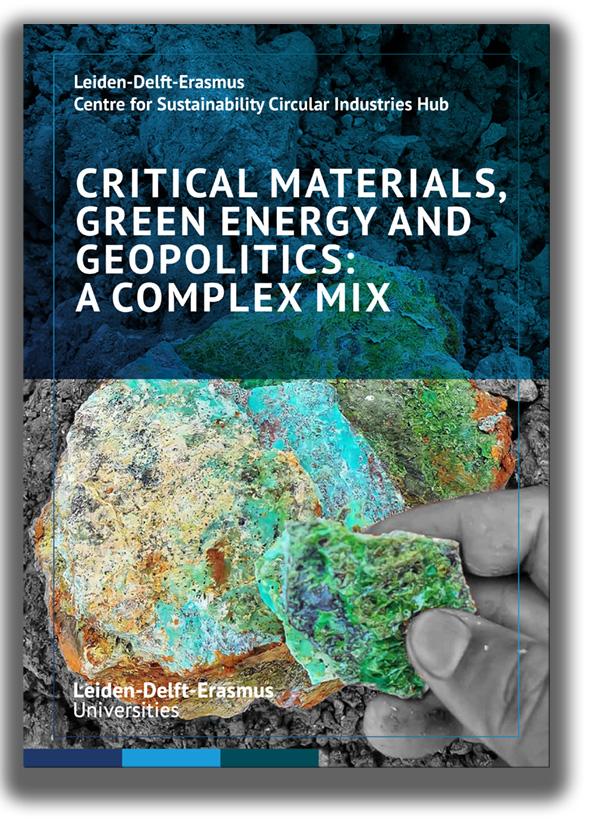 This interview is part of the Leiden-Delft-Erasmus white paper 'Critical materials, Green Energy and Geopolitics: a Complex Mix'.
This interview is part of the Leiden-Delft-Erasmus white paper 'Critical materials, Green Energy and Geopolitics: a Complex Mix'.
Read all interviews from the White Paper in the Knowledge File Critical Materials and the Energy Transition and download the white paper via the attachement below.

